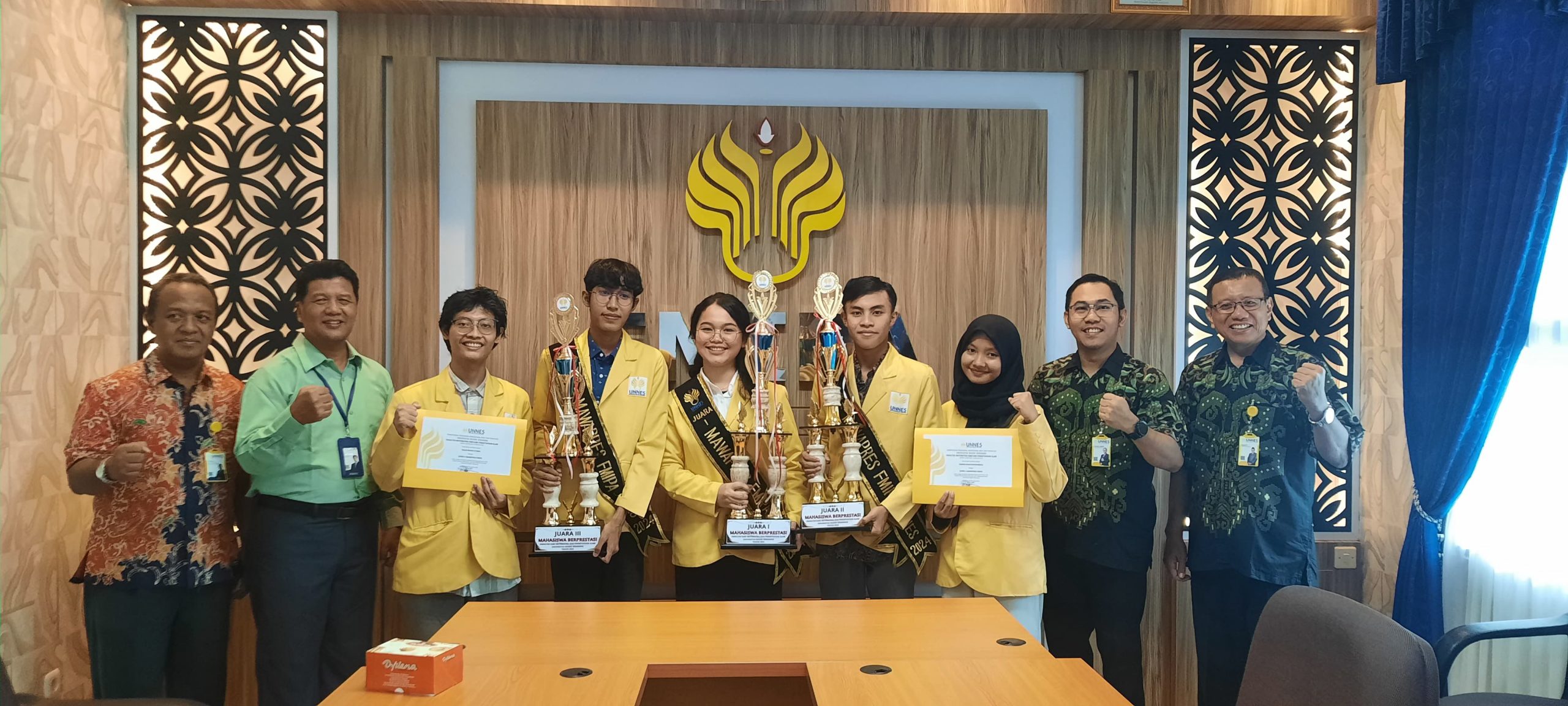Gas hidrogen (H2) merupakan alternatif sumber energi yang menjanjikan dibandingkan dengan bahan bakar fosil tradisional seperti batubara, minyak bumi, dan gas alam karena jumlahnya yang melimpah, sangat efisien, tidak beracun, dan tidak menghasilkan emisi yang berbahaya saat digunakan sebagai bahan bakar. Saat ini, gas H2 telah diproduksi dan diaplikasikan di negara-negara maju, seperti, Amerika Serikat, Ingris, Jerman, Perancis, Jepang, China, dan lain-lain, sebagai bahan bakar transportasi dan pembangkit listrik melalui reaksi kimia antara gas H2 dan oksigen (O2) yang mana reaksi kimia ini sama sekali tidak memiliki polusi karena emisinya berupa uap air (H2O) yang dapat diubah lagi menjadi energi. Dilansir dari TEMPO.CO, di Indonesia, pada tahun 2019, tim mahasiswa Institut Teknologi Sepuluh Nopember (ITS) telah berhasil mengaplikasikan gas H2 sebagai bahan bakar sebuah mobil hidrogen meskipun sekarang ini belum bisa dimanfaatkan untuk kehidupan sehari-hari.
Penelitian tetang produksi gas H2 telah menarik perhatian para saintis sejak beberapa dekade terakhir, khususnya bidang fisika, kimia, dan teknik lingkungan. Sebenarnya, gas H2 dapat diproduksi dengan proses yang sederhana, murah, dan ramah lingkungan, misalnya melalui photocatalytic water splitting, yaitu pemisahan molekul H2O menjadi gas H2 dan O2 (∆E0 = 1.23 eV) oleh fotokatalis dengan bantuan cahaya matahari. Dalam fotokatalisis terjadi peristiwa reduksi oksidasi yaitu adanya peristiwa serah terima elektron karena adanya cahaya matahari yang mengaktivasi katalis tersebut. Umumnya, fotokatalis berupa semikonduktor yang harus memenuhi beberapa kriteria, diantaranya memiliki bandgap di atas 1.23 eV, pita konduksinya terletak pada potensial yang lebih negatif dari potensial reduksi H+ menjadi H2 (−0,61 V vs Ag/AgCl, pH = 7), dan pita valensinya terletak pada potensial yang lebih positif dari potensial oksidasi H2O menjadi O2 (0,62 V vs Ag/AgCl, pH = 7). Jika semikonduktor itu disinari dengan cahaya, maka akan tercipta pasangan elektron dan hole. Hole tersebut akan bereaksi dengan H2O dan menghasilkan ion H+ dan gas O2. Sementara itu, elektron akan bereaksi dengan ion H+ dan menghasilkan gas H2.
Photocatalytic water splitting pertama kali dilaporkan oleh dua saintis dari Jepang yang bernama Fujishima dan Honda pada tahun 1972 menggunakan fotokatalis titanium dioxide (TiO2) sebagai photoanode dan platinum (Pt) sebagai cathode (Fujishima & Honda, 1972). TiO2 merupakan semikonduktor logam oksida tipe-n yang hanya mampu menyerap cahaya ultraviolet (UV) karena memiliki bandgap yang lebar, yaitu sekitar 3,2 eV (Tang, Prasad, Sanjinès, Schmid, & Lévy, 1994). TiO2 banyak digunakan sebagai fotokatalis karena memiliki beberapa karakteristik yang menguntungkan, seperti stabil secara kimiawi, tidak korosif, ramah lingkungan, melimpah, dan hemat biaya fabrikasi. Namun karena sinar UV (panjang gelombang 300-400 nm) yang terkandung dalam cahaya matahari yang sampai di permukaan bumi hanya sekitar 5%, efisiensi konversi energi matahari pada TiO2 dibatasi oleh tingkat penyerapan sinar UV. Kelemahan TiO2 lainnya adalah tingkat rekombinasi elektron dan holeyang tinggi sehingga akan mengurangi efisiensi TiO2 (Singh & Dutta, 2018).
Pencarian fotokatalis yang mampu menyerap cahaya tampak (visible) terus dilakukan karena karena efisiensi fotokatalis akan meningkat mengingat cahaya matahari mengandung 43 % cahaya visible (panjang gelombang 400-700 nm) dan 52% cahaya near-infrared (panjang gelombang 700-2500 nm). Salah satu semikonduktor yang mampu menyerap cahaya UV dan visible adalah cuprous oxide (Cu2O) karena memiliki bandgap yang sempit, yaitu sekitar 2,1 eV. Cu2O merupakan semikonduktor logam oksida tipe-p yang memenuhi kriteria photocatalytic water splitting, yaitu pada pH = 7, pita konduksinya terletak pada −1,35 V vs Ag/AgCl, yang mana potensial tersebut lebih negatif daripada potensial reduksi H+ menjadi H2 dan pita valensinya terletak pada 0,65 V vs Ag/AgCl, yang mana potensial tersebut lebih positif daripada potensial oksidasi H2O menjadi O2 (de Jongh, Vanmaekelbergh, & Kelly, 2000). Selain itu, Cu2O sangatlah menarik karena dapat difabrikasi dengan teknik yang sederhana dan murah.
Untuk memperpanjang penyerapan cahaya oleh fotokatalis ke rentang cahaya visible, TiO2 dapat dikombinasikan dengan Cu2O untuk membentuk p-n heterojunction, yang diberi namaCu2O/TiO2. Dalam studi terbaru, fotokatalis Cu2O/TiO2 diaplikasikan dalam pengelohan limbah untuk mendegradasi polutan, misalnya zat warna methylene blue (Xiang, Ya, Hu, Li, & Liu, 2017), gas CO2 (Aguirre, Zhou, Eugene, Guzman, & Grela, 2017), dan obat-obatan ibuprofen (Sun dkk, 2016). Sementara itu, produksi gas H2 melalui photocatalytic water splitting tanpa adanya penerapan tegangan eksternal yang menggunakan fotokatalis Cu2O/TiO2 masih belum dilaporkan dengan baik. Harapannya, fotokatalis Cu2O/TiO2 akan memiliki kinerja yang lebih baik dibandingkan dengan TiO2 dan Cu2O itu sendiri karena sifat Cu2O yang dapat menyerap cahayaUV-visible dan adanya p-n heterojunction dapat mengurangi terjadinya rekombinasi elektron dan hole baik di TiO2 maupun di Cu2O. Hasil penelitian kami sebelumnya mengungkap bahwa Cu2O/TiO2 menunjukkan spectral response (photocurrent yang diukur di bawah penyinaran cahaya monochromatic dengan berbagai panjang gelombang yang berbeda dan intesintas cahaya yang sama) yang lebih baik dibandingkan dengan TiO2 dan Cu2O (Khasanah dkk, 2021). Dalam konteks heterojunction, penyelarasan pita energi dari dua material semikonduktor memainkan peran penting dalam transfer elektron karena akan berimbas pada efisiensi konversi energi cahaya matahari menjadi energi gas H2. Oleh karena itu, penerapan teknik fabrikasi Cu2O/TiO2 yang tepat akan menghasilkan kualitas fotokatalis yang bagus dan dimungkinkan untuk dapat memproduksi gas H2 dibawah penyinaran cahaya matahari.

Riza Ariyani Nur Khasanah, S.Pd., M.Sc. adalah alumni mahasiswi S1 Program Studi Pendidikan Fisika, FMIPA, Universitas Negeri Semarang, 2011-2015. Riza kemudian melanjutkan pendidikan ke jenjang S2 di Jurusan Fisika, Universitas Gadjah Mada, 2016-2018. Saat ini, Riza adalah mahasiswi Ph.D., Jurusan Applied Physics, Tunghai University, Taiwan, 2018-sekarang.
Referensi:
Aguirre, M. E., Zhou, R., Eugene, A. J., Guzman, M. I., & Grela, M. A. (2017). Cu2O/TiO2 heterostructures for CO2 reduction through a direct Z-scheme: Protecting Cu2O from photocorrosion. Applied Catalysis B: Environmental, 217, 485-493.
de Jongh, P. E., Vanmaekelbergh, D., & Kelly, J. J. (2000). Photoelectrochemistry of Electrodeposited Cu2O. Journal of The Electrochemical Society, 147(2), 486.
Fujishima, A., & Honda, K. (1972). Electrochemical Photolysis of Water at a Semiconductor Electrode. Nature, 238(5358), 37-38.
Khasanah, R. A. N., Lin, H.-C., Ho, H.-Y., Peng, Y.-P., Lim, T.-S., Hsiao, H.-L., Wang, C.-R., Chuang, M.-C., & Chien, F. S.-S. (2021). Studies on the substrate-dependent photocatalytic properties of Cu2O heterojunctions. RSC Advances, 11(9), 4935-4941.
Singh, R., & Dutta, S. (2018). A review on H2 production through photocatalytic reactions using TiO2/TiO2-assisted catalysts. Fuel, 220, 607-620.
Sun, Q., Peng, Y.-P., Chen, H., Chang, K.-L., Qiu, Y.-N., & Lai, S.-W. (2016). Photoelectrochemical oxidation of ibuprofen via Cu2O-doped TiO2 nanotube arrays. Journal of Hazardous Materials, 319, 121-129.
Tang, H., Prasad, K., Sanjinès, R., Schmid, P. E., & Lévy, F. (1994). Electrical and optical properties of TiO2 anatase thin films. Journal of Applied Physics, 75(4), 2042-2047.
Xiang, L., Ya, J., Hu, F., Li, L., & Liu, Z. (2017). Fabrication of Cu2O/TiO2 nanotube arrays with enhanced visible-light photoelectrocatalytic activity. Applied Physics A, 123(3), 160.




